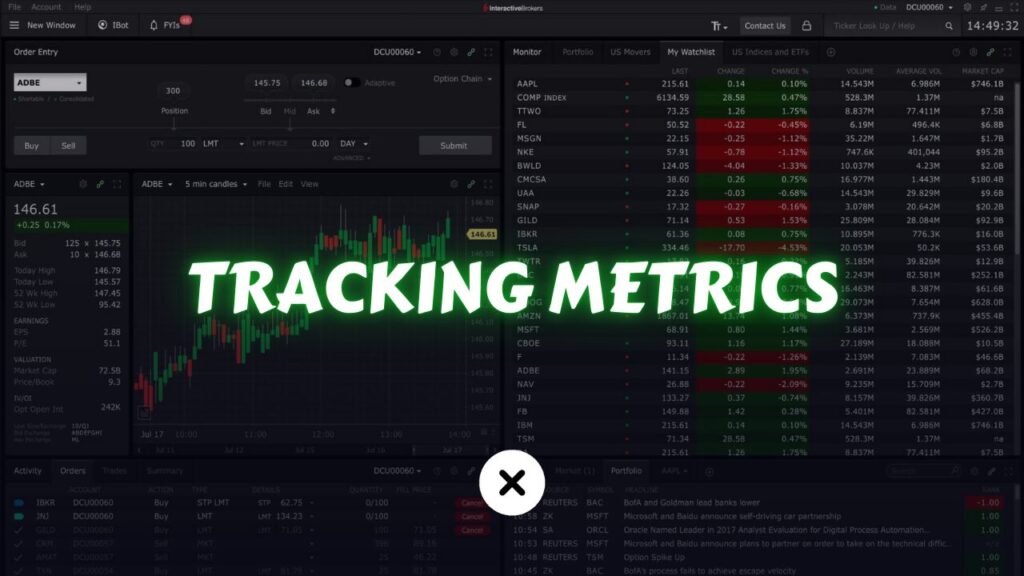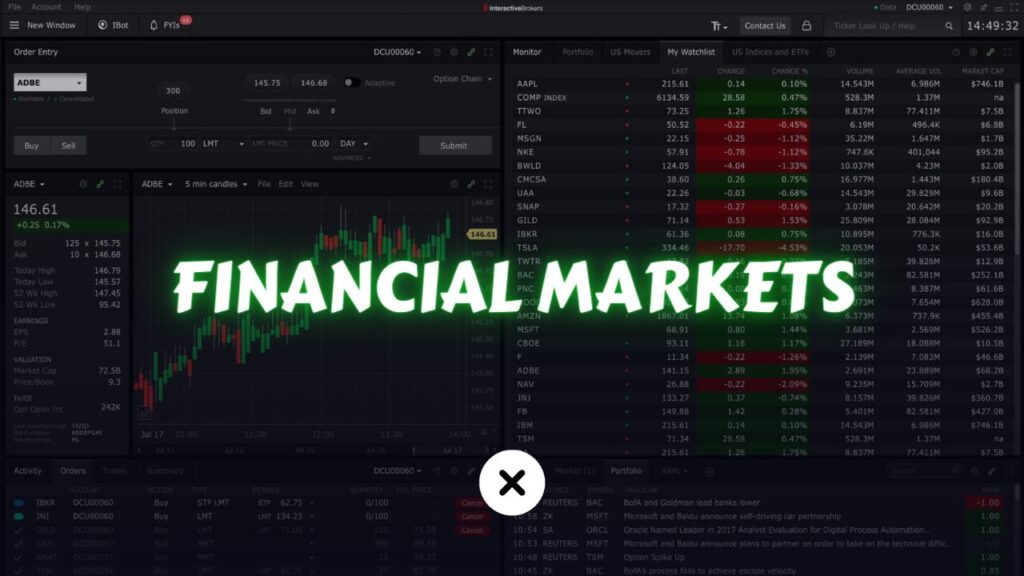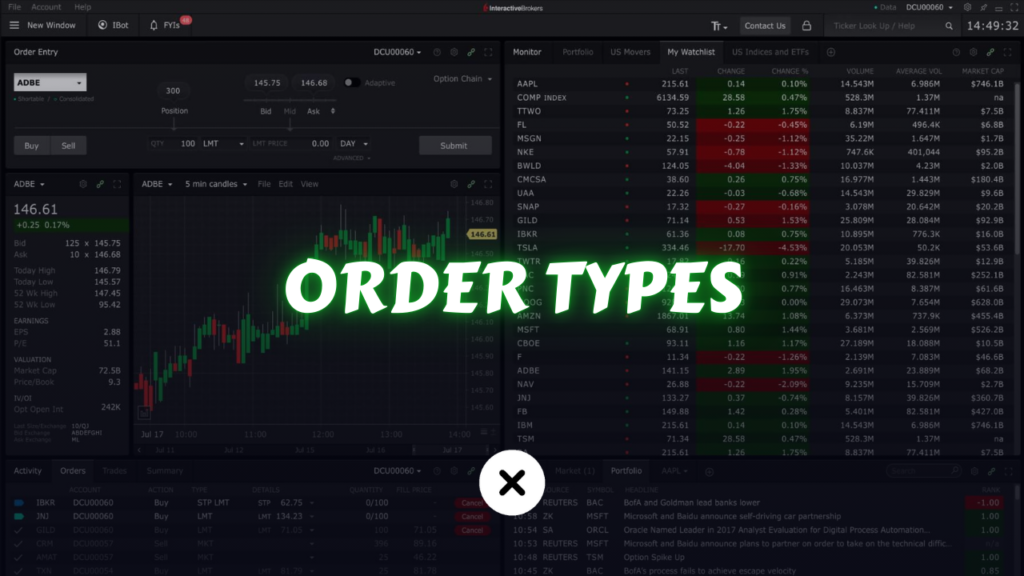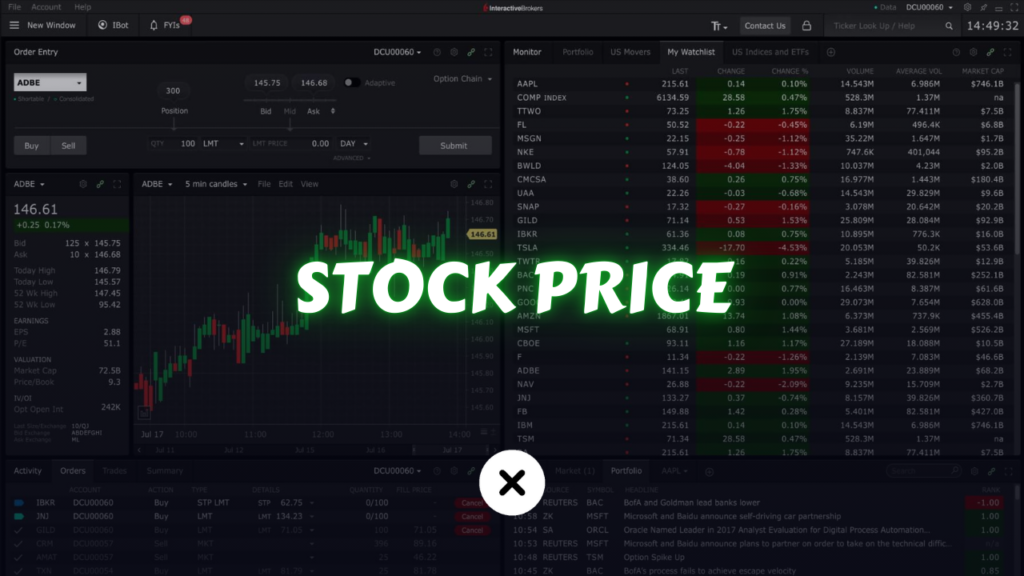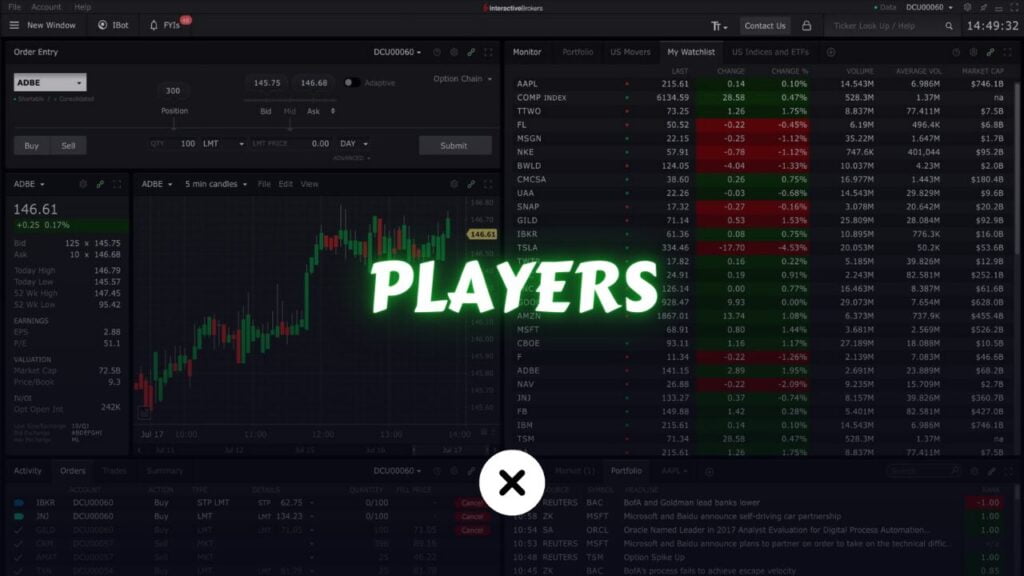Trading in financial markets be it stocks, forex, cryptocurrencies, or commodities can be a challenging endeavor. Traders often focus on price action, chart patterns, economic news, or technical indicators, but there is one crucial element that can truly set a consistent and successful trader apart from the rest: tracking trading metrics.
In today’s data-driven world, traders need to leverage all the insights they can gather to refine their strategies, manage risks effectively, and stay competitive. This comprehensive beginner’s guide will help you understand what trading metrics are, why they matter, and how to implement them in a practical, systematic way. Whether you’re day trading, swing trading, or investing long-term, properly tracking trading metrics can provide the clarity you need to improve your performance significantly.
In this article, we will walk through the entire concept of trading metrics, ranging from the essential metrics you need to monitor, to how to track them accurately, to leveraging these insights to optimize your trading plan. Each section is broken into multiple subtopics for an easy-to-follow reading experience. Let’s dive in!
Table of Contents
Let’s begin by building the foundational understanding of trading metrics.
What Are Trading Metrics?
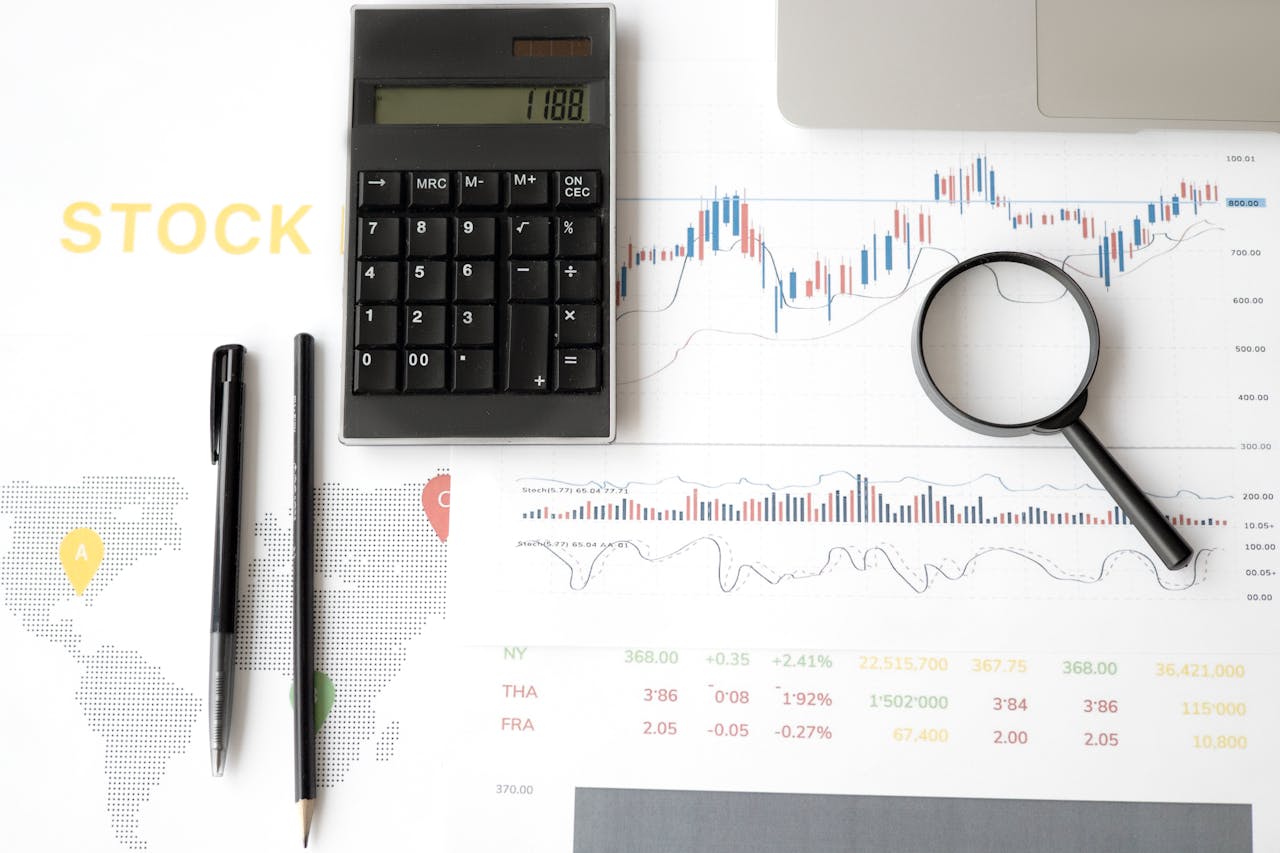
Trading metrics are quantifiable measurements used to gauge various aspects of a trading strategy’s performance. They offer traders objective data on how effective (or ineffective) their strategies are, guiding decisions around risk management, position sizing, strategy optimization, and more.
- Quantitative vs Qualitative Metrics:
- Quantitative metrics (e.g., win rate, average profit, drawdown) are measurable values that can be expressed in numbers or percentages.
- Qualitative metrics (e.g., trader confidence, emotional discipline) are more subjective and help you understand the psychological or behavioral aspects impacting your trades.
While many traders start by focusing only on quantitative metrics, both quantitative and qualitative metrics together provide a holistic view of trading performance. The synergy of these data points empowers traders to make better, well-rounded decisions.
Why Trading Metrics Matter
Despite the simplicity of purchasing or short-selling a financial instrument, the path to profitable trading is far more nuanced. Here are key reasons why tracking trading metrics is essential:
- Objective Decision-Making: By monitoring data-driven metrics, you remove a significant portion of the subjectivity and biases that can cloud trading decisions. This fosters a more consistent and disciplined approach.
- Refining Strategies: Metrics provide direct insight into the success or failure of trading strategies. By assessing performance data, traders can tweak or replace strategies that fail to produce desired results.
- Enhanced Risk Management: Good risk management is essential for capital preservation. Metrics like drawdown, average loss, and risk-reward ratio give traders a blueprint for how to allocate and preserve their capital while refining their risk tolerance.
- Continuous Improvement: Tracking changes and trends in your metrics over time can reveal evolving strengths and weaknesses. With ongoing review and adjustments, traders can improve incrementally and sustainably.
- Accountability: Knowing your metrics helps enforce personal accountability. Over time, you’ll see if your discipline is slipping or if you’re letting emotions override objective signals.
In short, metrics serve as the building blocks of a successful trading system, laying the foundation for a continuous feedback loop between actions, results, evaluations, and subsequent adjustments.
Essential Trading Metrics to Track

When you start your trading journey, you’ll discover there are countless metrics to choose from. While not every metric is equally important for every trader, the following set forms a robust foundation you can use for most trading styles and markets.
1. Win Rate (Success Rate)
- Definition: The proportion of winning trades relative to the total number of trades executed, often expressed as a percentage. For example, if you make 100 trades and 45 of them are profitable, your win rate is 45%.
- Why It Matters: Win rate helps you gauge how often your trading method yields profitable outcomes. Some strategies can be very successful with a modest win rate if the winners are large enough to offset the occasional losses.
- Example: A trend-following strategy might have a win rate of only 30% but produce substantial profits on those 30% of trades.
2. Loss Rate
- Definition: The opposite of the win rate, this metric tells you what percentage of your trades result in losses.
- Why It Matters: Understanding your loss rate helps you quantify how often you’re losing money. A high loss rate does not necessarily mean your strategy is ineffective—some profitable strategies deliberately accept many small losses for fewer but larger wins.
- Example: A mean-reversion strategy could have a low loss rate if the market is more likely to revert to a mean, but if the market trends strongly, that loss rate can spike and your net profitability can go down.
3. Risk-Reward Ratio
- Definition: A measure comparing the potential risk (maximum potential loss) to the potential reward (target profit) of a trade. A 1:2 risk-reward ratio means you risk $1 to potentially earn $2.
- Why It Matters: This ratio guides traders in determining if a trade setup is worth taking. A higher reward relative to risk can enable you to stay profitable even with a moderate or lower win rate.
- Example: You risk 2% of your account (stop loss) to gain 4% (profit target). This yields a risk-reward ratio of 1:2.
4. Profit and Loss (P&L)
- Definition: The net profit or loss you have accrued over a certain period—daily, weekly, monthly, or annually.
- Why It Matters: P&L is the bottom line of your trading performance. Regardless of other metrics, the success of your trading business is measured by whether you’re profitable overall.
- Example: If you risk $5,000 and end a month with $5,500, your P&L is +$500. Conversely, if you end up with $4,200, the P&L is -$800.
5. Drawdown
- Definition: The peak-to-trough decline during a specific period of a trading account. Typically expressed as a percentage of the account’s highest value.
- Why It Matters: Drawdown reveals how much you can lose before hitting a new equity high. Large drawdowns can lead to emotional distress and, in some cases, account blow-ups. Traders often have a maximum drawdown threshold they strive not to exceed.
- Example: If your trading account grows from $10,000 to $12,000 (new equity peak) and then drops to $9,000, you’ve experienced a $3,000 drawdown, which is 25%.
6. Average Profit Per Trade
- Definition: The total net profit (over a defined period) divided by the total number of trades.
- Why It Matters: This metric gives an idea of how much you earn per trade on average. If your average profit per trade is positive, it shows that your strategy can potentially be scaled. If it’s negative, you need to reevaluate your strategy, risk management, or position sizing.
- Example: Over 50 trades, you made an aggregate profit of $1,500. Your average profit per trade is $1,500 / 50 = $30.
7. Average Loss Per Trade
- Definition: The total net loss (over a defined period) divided by the total number of losing trades.
- Why It Matters: This metric pinpoints how much you lose per losing trade on average. By comparing average loss per trade to average profit per trade, you can assess whether your winners generally outweigh your losers.
- Example: Over 20 losing trades, you lost $1,000 in total. Your average loss per trade is $1,000 / 20 = $50.
8. Sharpe Ratio
- Definition: A performance metric that adjusts for risk. The formula is typically (Rp − Rf / σp), where Rp is the expected return of the portfolio/trading strategy, Rf is the risk-free rate of return, and σp is the standard deviation of the portfolio’s returns.
- Why It Matters: The Sharpe ratio measures how much excess return you receive for the volatility you’re taking on. A higher Sharpe ratio suggests better risk-adjusted returns.
- Example: If your trading strategy yields an average return of 15% per year with a standard deviation of 10% and the risk-free rate is around 2%, your Sharpe ratio would be (15 − 2) / 10 = 1.3
9. Sortino Ratio
- Definition: A variation of the Sharpe ratio that focuses primarily on downside risk (negative volatility). The formula is (Rp − Rf) / σdown, where σdown is the standard deviation of negative returns.
- Why It Matters: By eliminating “good volatility” (i.e., upside price movements), the Sortino ratio gives a more accurate representation of how effectively a strategy deals with risk.
- Example: If your annualized return is 20%, the risk-free rate is 2%, and your downside deviation is 15%, your Sortino ratio is (20 − 2) / 15 = 1.2
10. Profit Factor
- Definition: The ratio of gross profit to gross loss for your trading strategy. A profit factor above 1 indicates a potentially profitable strategy; the higher, the better.
- Why It Matters: It gives a bird’s-eye view of how effectively your strategy handles profits versus losses.
- Example: If you made $10,000 in profits and $5,000 in losses over a certain period, your profit factor is 2.0.
11. Max Consecutive Losses
- Definition: The maximum number of losing trades in a row.
- Why It Matters: This metric is essential for psychological preparedness and risk management. Knowing how many losing trades you might face consecutively helps you estimate the capital cushion you need and maintain emotional discipline.
- Example: Over the last year, your worst streak was five consecutive losing trades. You use this data to adjust your position sizing and prepare psychologically for future streaks.
12. Trade Frequency
- Definition: How often you trade—daily, weekly, or monthly. Sometimes measured as the average number of trades per period.
- Why It Matters: Trade frequency impacts transaction costs, time spent in the market, and risk exposure. High-frequency traders might need to keep spreads and fees minimal, while lower-frequency swing traders might not be as concerned about such costs.
- Example: A day trader might place 10–20 trades per day, while a swing trader might only place 2–5 trades per week.
13. Holding Period
- Definition: The length of time each trade remains open—minutes, hours, days, or even months.
- Why It Matters: Knowing your average holding period helps you determine which timescales your strategies are best suited for and how your capital is tied up.
- Example: A scalp trader’s average holding period might be under 5 minutes, whereas a position trader may hold a trade for several weeks.
How to Track Your Trading Metrics

Knowing the metrics that matter is one thing; properly tracking them is another. Here’s a step-by-step approach to set up a robust tracking system.
1. Creating a Trading Journal
- Why Keep a Journal?
A journal forces you to log each trade’s details—entry price, stop loss, profit target, reason for taking the trade, outcome, and notable observations. This data becomes the foundation upon which you calculate your metrics. - Components of a Trading Journal:
- Trade Date and Time: When you entered and exited a trade.
- Instrument Traded: Stock, currency pair, commodity, etc.
- Direction: Long or short.
- Entry Price and Exit Price.
- Position Size.
- Stop Loss and Take Profit Levels.
- Reasoning/Trading Setup: Technical/fundamental analysis you relied on, or specific market conditions.
- Outcome/Notes: Whether the trade was a win or loss, and any extraneous events (like sudden news or emotional turmoil).
- Consistency is Key:
Every trade should be recorded in your journal without exceptions. Even if you place a small or impulsive trade, document it. Gaps in your data lead to incomplete metrics and misleading conclusions.
2. Tools and Software for Tracking
- Spreadsheets:
- Pros: Full customization, free or low cost, and good for those comfortable with Excel or Google Sheets.
- Cons: Manual data entry can be time-consuming, prone to human errors.
- Dedicated Trading Journal Software:
- Pros: Automated data import from brokerage platforms, pre-built metrics and analytics, visually appealing dashboards.
- Cons: Monthly fees, potential learning curve, might lack the flexibility some advanced traders seek.
- Brokerage/Trading Platform Tools:
- Pros: Some modern platforms provide built-in analytics and trade logging.
- Cons: Limited customization, might not track all the specific metrics or qualitative factors you want.
3. Spreadsheets vs Automated Solutions
- Manual Spreadsheets: Offer complete control and deeper insights if you know how to manipulate the data. They force you to engage intimately with each trade, fostering stronger discipline.
- Automated Solutions: Save time and reduce data-entry errors. However, if the software doesn’t measure certain metrics or lacks customizability, you may need supplemental tracking tools.
Ultimately, the best tool is the one you’ll consistently use. For new traders, starting with a basic spreadsheet is often the easiest way to learn the fundamentals of trade tracking.
Interpreting Your Trading Metrics
Collecting data is only half the story. The real power of tracking trading metrics lies in how you interpret and act on that data.
1. Identifying Strengths and Weaknesses
- Strengths: Maybe you notice you have a high win rate on trades that follow a particular chart pattern or news catalyst. These strengths can be built upon and potentially scaled.
- Weaknesses: You may discover your biggest losses happen during certain times of day or in specific market conditions (e.g., choppy sideways markets). Recognizing this allows you to either avoid or adapt to these conditions.
2. Pinpointing Mistakes and Re-Evaluating Strategies
- Overtrading: If your trade frequency is unnecessarily high and your average profit per trade is falling, it might be time to tighten your entry criteria.
- Ignoring Stops: Consistent large losses may indicate you’re not sticking to your risk management plan.
- Psychological Errors: You might realize that you deviate from your plan after a streak of losses, letting frustration or desperation dictate your trades.
By breaking down your metrics and cross-referencing them with your journal notes, you can isolate exactly what’s going wrong and take targeted action.
3. Tweaking Position Sizing and Risk Management
- Adjusting Position Size: If your drawdown is consistently higher than your comfort zone, consider reducing your position size to limit potential losses.
- Refining Stop-Loss Placement: Analyze trades with large losses to see if adjusting your stop-loss strategy (e.g., trailing stops, volatility-based stops) could mitigate risk.
- Risk-Reward Optimization: Compare your average gain (when you win) to your average loss (when you lose) to see if your risk-reward ratio is sustainable.
The goal is not just to reduce risk but also to improve reward where possible—finding the sweet spot that balances profitability and emotional well-being.
Common Pitfalls When Tracking Trading Metrics

- Incomplete Data: Failing to log every trade or not tracking certain key metrics can skew your analysis and lead to deceptive conclusions.
- Inconsistency: Sporadic journaling or constant changes in how you document trades create a noisy data set that’s hard to interpret.
- Over-Focus on a Single Metric: While one metric (like win rate) is important, fixating on it without considering others (like risk-reward ratio or drawdown) can lead to misguided decision-making.
- Neglecting Qualitative Aspects: Overlooking your emotional states, market conditions, or news-driven anomalies can leave gaps in your understanding of why certain trades worked (or failed).
- Lack of Periodic Reviews: Tracking data is pointless if you never review it. Regular intervals (weekly, monthly, quarterly) should be set for a deep-dive analysis.
By being aware of these pitfalls, you can steer clear of them and ensure your trading metrics paint an accurate picture of your performance.
Practical Tips for Improving Trading Performance
Tracking trading metrics is only step one; the next phase is using them to drive continuous improvement. Here are some ways to translate your insights into actionable steps.
1. Risk Management Best Practices
- Set a Maximum Daily/Weekly Loss Limit: For short-term traders, a daily or weekly loss cap can prevent catastrophic drawdowns that can disrupt emotional balance.
- Use Proper Leverage: Over-leveraging magnifies losses. Keep your leverage at a level that aligns with your risk tolerance and capital size.
- Diversify Appropriately: If you’re trading multiple instruments, ensure they’re not too highly correlated, which can compound losses in a single market event.
2. Developing and Refining Your Trading Plan
- Define Entry and Exit Criteria: Clear rules for when to open and close trades, including the triggers you use (e.g., breakouts, moving average crossovers).
- Establish Risk Parameters: How much you’ll risk per trade (e.g., 1% or 2% of your account).
- Incorporate Market Conditions: Adjust your trading plan for various conditions (e.g., trending, range-bound, high volatility, low volatility).
Your trading plan should be a living document—updated as the markets change and as you uncover new insights from your trading metrics.
3. Backtesting and Forward Testing
- Backtesting: Running your strategy against historical data to see how it would have performed in the past.
- Data Quality: Ensure you use accurate, high-quality data for a realistic assessment.
- Sample Size: Test enough trades over a meaningful time period to gain statistically significant results.
- Forward Testing (Paper Trading): Implementing your strategy in real-time but with virtual money. This approach validates that your backtested success can hold up under current market conditions.
Metrics from these tests—like hypothetical drawdowns, win rates, and profit factors—offer a glimpse into potential real-world performance.
4. Maintaining Trading Discipline
Even the best trading metrics and risk management strategies won’t save you if you lack discipline. Consistent execution of your plan and adherence to risk management rules are critical. Consider these discipline-boosting tips:
- Routine and Consistency: Start each trading day or session with a routine—market analysis, scanning opportunities, checking economic calendars.
- Set Realistic Goals: Aim for realistic returns that align with your skill level and risk tolerance, preventing a gambler’s mentality.
- Emotional Control: Recognize emotions like fear, greed, or frustration. Develop coping mechanisms—breathing exercises, short breaks, or stepping away when overwhelmed.
Case Study: Trading Metrics in Action
Let’s consider a simplified hypothetical example to illustrate how tracking trading metrics can influence decision-making:
- Trader Profile: Sarah is a part-time swing trader focusing on high-volume tech stocks. She has $20,000 in trading capital and can place 2–3 trades per week.
- Initial Observation:
- Win Rate: 60% over her last 30 trades.
- Average Win: $150
- Average Loss: $200
- Drawdown: 12% at its worst point
- Analysis:
- Sarah’s 60% win rate seems respectable, but her average losses ($200) outweigh her average gains ($150). Over time, her account growth is stagnating.
- Her largest drawdown of 12% is within her tolerance but is nearing a level that feels uncomfortable.
- Action Steps:
- She decides to refine her stop-loss strategy. Instead of placing a fixed $200 stop, she tries volatility-based stops, adjusting them for each stock’s daily volatility.
- She commits to a 1:1.5 risk-reward ratio minimum, ensuring her average wins surpass her average losses.
- Outcome:
- After implementing these changes and tracking metrics for another 30 trades, her average loss dropped to $120, while her average win rose to $180.
- Her net profitability improved significantly, and her drawdown level remained around 10%.
This case study demonstrates how tracking metrics, identifying weaknesses, and taking targeted corrective actions can lift trading performance over time.
Advanced Considerations

Once you’ve mastered basic metrics, you can explore advanced metrics and strategies for deeper insights.
1. Qualitative Metrics
- Emotional State Logging: Note how you felt during each trade—confident, fearful, impulsive, or uncertain. Over time, you’ll see if certain emotional states lead to better or worse outcomes.
- Market Conditions: Bullish, bearish, sideways, low volatility, high volatility. Identifying which market conditions suit your strategy best can help you focus your trading efforts during favorable climates.
- News and Fundamental Events: Document major economic releases or earnings announcements that might affect your trades.
By overlaying these qualitative insights with quantitative metrics, you gain a rich, multifaceted understanding of your trading performance.
2. Psychological and Behavioral Metrics
- Discipline Score: Rate yourself (1–5 or 1–10) on how well you followed your trading plan each day or week.
- Impulse Trading Instances: Track the number of trades that violated your plan’s entry/exit criteria.
- Confidence Level: Gauge how confident you felt when taking each trade (e.g., 1 = very uncertain, 5 = extremely confident).
These behavioral metrics can be eye-opening, revealing patterns in how psychological tendencies affect your bottom line. Long-term success in trading often hinges on managing these mental and emotional factors just as diligently as you manage technical or fundamental data.
Conclusion
Tracking trading metrics is an indispensable element of any trader’s journey—from absolute beginners to seasoned professionals. It provides the quantitative backbone you need to analyze what’s working, what isn’t, and how you can improve. Crucially, it helps strip away emotions and biases, replacing guesswork with objective data, actionable insights, and consistent refinement.
By understanding and regularly monitoring metrics like win rate, risk-reward ratio, P&L, drawdown, Sharpe ratio, Sortino ratio, average profit/loss per trade, and more, you can develop a keen sense of what differentiates successful trades from losing ones. Over time, these data-driven insights enable you to fine-tune your strategies, manage risks more effectively, and—even more importantly—preserve your emotional capital.
Remember, it’s not just about crunching numbers. The qualitative side of trading—behavioral patterns, emotional states, market conditions—plays an equally crucial role. The ultimate goal is to combine both quantitative and qualitative metrics into a cohesive system that offers the clearest possible picture of your overall trading performance.
Here are the key takeaways:
- Consistency in Tracking: Be diligent about recording every detail of every trade. Incomplete or inconsistent data creates blind spots in your performance analysis.
- Comprehensive Analysis: Look beyond a single metric; review several interconnected metrics to form a more accurate assessment.
- Action-Oriented Approach: Use the insights gleaned from your metrics to make concrete adjustments in your trading plan—be it position sizing, stop-loss strategies, or entry/exit criteria.
- Psychological Awareness: Monitor your emotional states and behaviors, understanding that psychology is often the wildcard in otherwise sound trading plans.
- Continuous Refinement: Trading is an iterative process. As markets evolve, your strategies and metrics tracking should adapt accordingly.
By embracing and perfecting the practice of tracking trading metrics, you set yourself on a path of ongoing self-improvement, minimizing avoidable mistakes, and systematically increasing your profitability over the long term. Whether you’re just starting out or looking to break out of a plateau, robust metrics tracking can be the catalyst for a new level of trading success.
